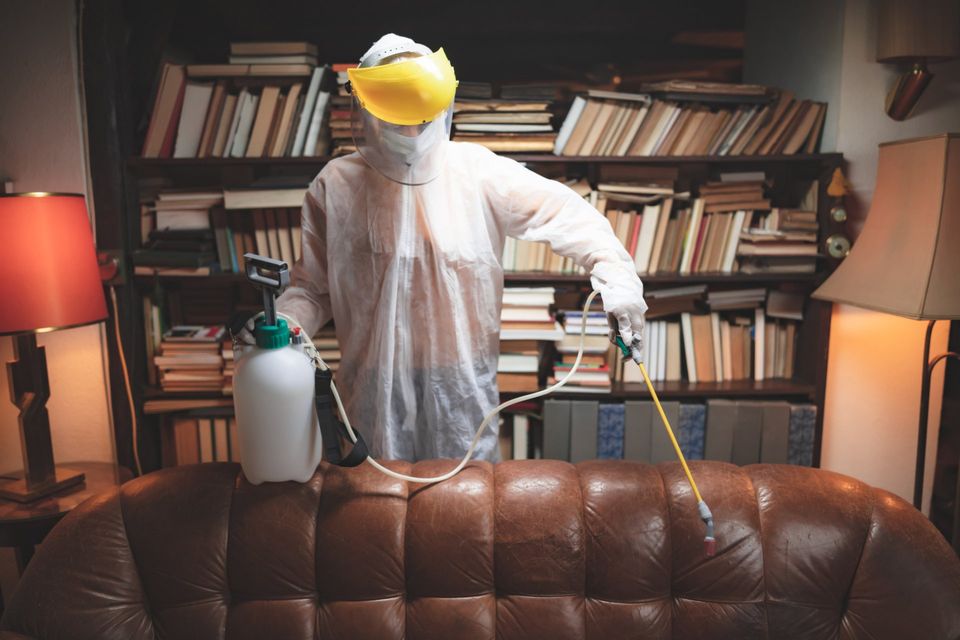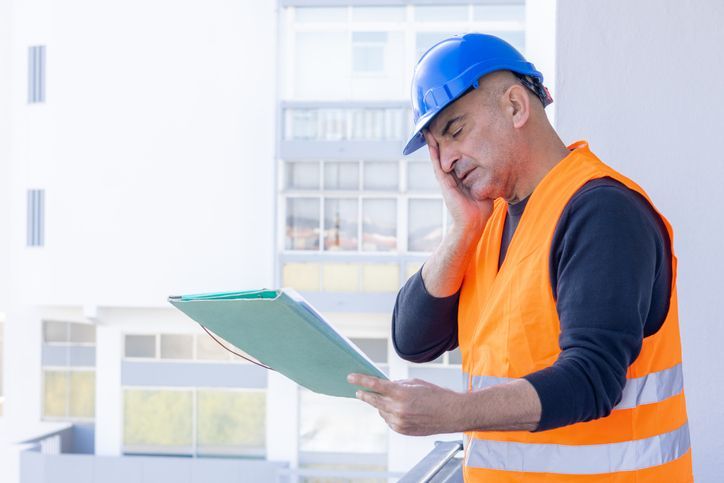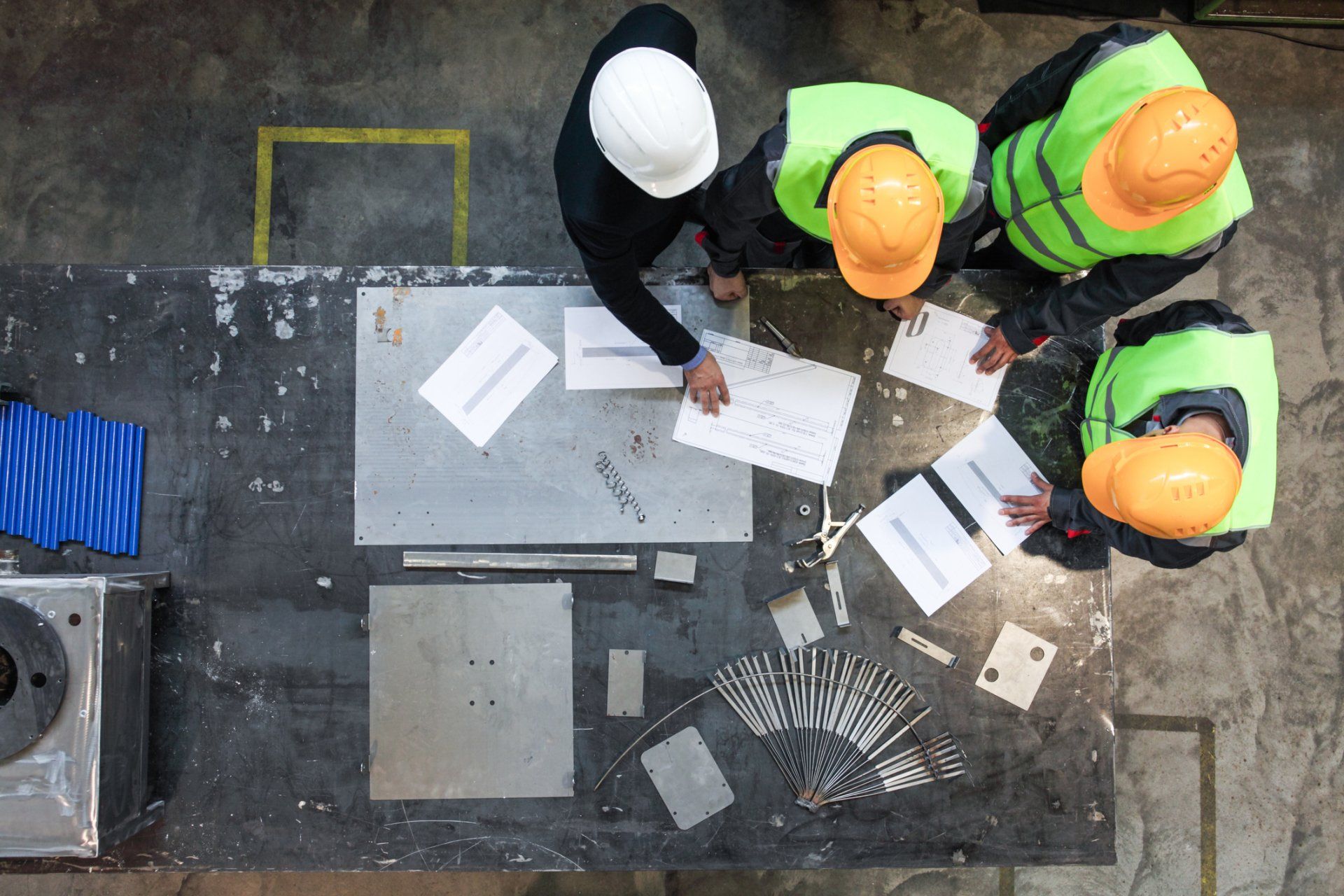METH CRIME & TRAUMA SCENE

Comprehensive meth, crime, and trauma scene contamination removal services. We are equipped to remove biological contamination from a violent death as well as chemical contamination like that found at a methamphetamine lab. Many of our services are covered by insurance. We’ll even file your claim for you. Our job is not done until we have restored a home or business to its pre-incident state. We are the perfect choice for any job, large or small, that requires both harsh cleaning and a delicate touch.

f you think PFAS regulation is someone else’s problem, think again. The regulatory environment around per- and polyfluoroalkyl substances is shifting rapidly, and safety, environmental, and operations teams are squarely in the crosshairs. Rather than scrambling when the deadlines arrive, your best strategy is to act early.

Halloween might be the season for ghost stories and haunted houses, but for safety and environmental professionals, the real nightmares happen at work. From unseen hazards to data disasters, these frights are all too real. At SEA, we help EHS managers conquer their fears — and their risks — with smart, proactive solutions that turn horror stories into success stories.

Every year, OSHA releases its list of the most frequently cited workplace safety standards. While the names change little from year to year, the numbers tell a story: employers continue to struggle with the same hazards—falls, hazardous chemicals, and machine safety. Understanding these violations is the first step in preventing costly citations and protecting workers.
